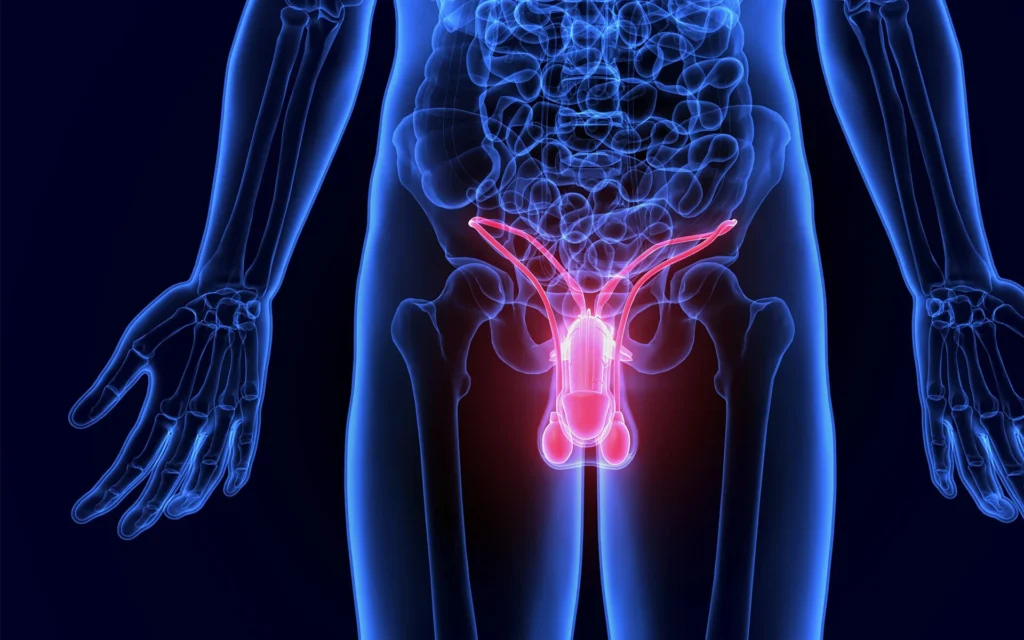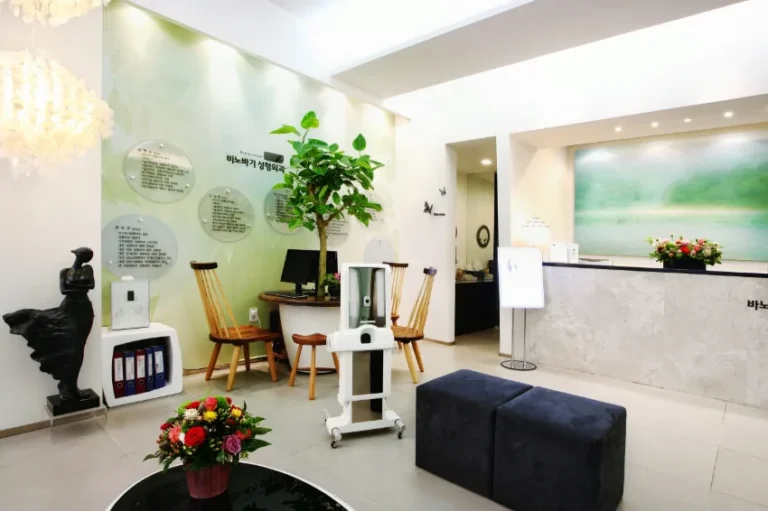Erectile dysfunction (ED) is a multifactorial condition often influenced by vascular, neurological, psychological, and hormonal factors. Low testosterone (hypogonadism) is a well-known contributor to erectile difficulties, affecting libido, erectile quality, and overall sexual health. Meanwhile, Platelet-Rich Plasma (PRP) therapy, also called the P-Shot®, has emerged as a promising regenerative approach to ED by stimulating tissue repair and improving penile blood flow.
But can PRP therapy effectively restore erectile function in men with low testosterone? This article explores the complex interaction between testosterone deficiency and PRP treatment outcomes to help patients and clinicians make informed decisions.
Understanding the Role of Testosterone in Erectile Function
Testosterone plays a critical role in male sexual function, including:
- Libido regulation: Testosterone drives sexual desire and motivation.
- Nitric oxide synthesis: It enhances the production of nitric oxide, a key molecule that causes smooth muscle relaxation in penile arteries and corpora cavernosa, facilitating erection.
- Penile tissue health: Testosterone supports the maintenance and repair of penile smooth muscle and nerve integrity.
- Mood and energy: Adequate levels promote mental health and vitality, which indirectly affect sexual performance.
When testosterone levels drop below normal, men often experience reduced libido, weaker erections, fatigue, and mood disturbances—factors that complicate ED treatment.
How PRP Therapy Works: Mechanism of Action
PRP therapy involves injecting a concentration of a patient’s own platelets, rich in growth factors and cytokines, into the penile tissue. These biologically active proteins:
- Stimulate angiogenesis (new blood vessel formation)
- Promote nerve regeneration
- Enhance repair of smooth muscle and connective tissue
- Improve overall penile tissue health and blood flow
In theory, these effects can improve erectile function by restoring vascular and neural integrity.
Can PRP Alone Restore Erectile Function in Low Testosterone Patients?
Scientific and Clinical Considerations:
- PRP targets vascular and tissue regeneration, but it does not directly address hormonal deficiencies.
- Low testosterone results in decreased nitric oxide availability and impaired smooth muscle function, limiting the erectile response even if blood flow improves.
- Studies on PRP therapy for ED often exclude men with untreated hypogonadism, making it difficult to isolate its effectiveness in this population.
Clinical Observations:
- Men with low testosterone who receive PRP alone may experience partial or modest improvements due to enhanced blood flow and tissue repair.
- However, without normalization of testosterone levels, the underlying hormonal deficit can blunt the overall efficacy of PRP.
- Libido and erectile quality often remain suboptimal unless testosterone levels are addressed concurrently.
Combining PRP Therapy with Testosterone Replacement Therapy (TRT)
Many experts advocate for a combined treatment approach in men with hypogonadism and ED:
- TRT restores normal testosterone levels, improving libido, nitric oxide synthesis, and penile tissue responsiveness.
- PRP complements TRT by regenerating vascular and neural structures, potentially offering synergistic benefits.
- This combination may lead to better erectile rigidity, increased sexual desire, and longer-lasting improvements compared to either therapy alone.
Supporting Evidence:
- Preliminary clinical data and expert consensus suggest combined TRT and PRP can achieve superior results, especially in men with moderate to severe hypogonadism.
- This strategy also helps address the multifactorial nature of ED, tackling both hormonal and vascular components.
Important Considerations and Safety
- TRT is not appropriate for all men and requires careful monitoring of hormone levels, prostate health, and cardiovascular risk.
- PRP is generally safe, but men with blood disorders or infections should be screened before treatment.
- Both therapies should be administered under the supervision of a qualified urologist or men’s health specialist.
Summary: What Patients Should Know
| Aspect | Key Point |
|---|---|
| PRP Effectiveness Alone | Limited in men with untreated low testosterone |
| Role of Testosterone | Essential for libido and erectile physiology |
| Best Outcomes | Seen when PRP is combined with TRT |
| Clinical Recommendation | Evaluate hormone levels before starting PRP |
| Treatment Personalization | Tailor approach based on individual hormonal and vascular status |
Conclusion
PRP therapy offers exciting regenerative potential for erectile dysfunction, but low testosterone can significantly limit its effectiveness if left untreated. For men with hypogonadism, addressing testosterone deficiency through Testosterone Replacement Therapy alongside PRP may provide the most comprehensive and effective restoration of erectile function.
If you suspect low testosterone or have persistent ED, consult a specialist who can perform a thorough evaluation, including hormone testing, and develop a personalized treatment plan that may include both PRP and TRT.




